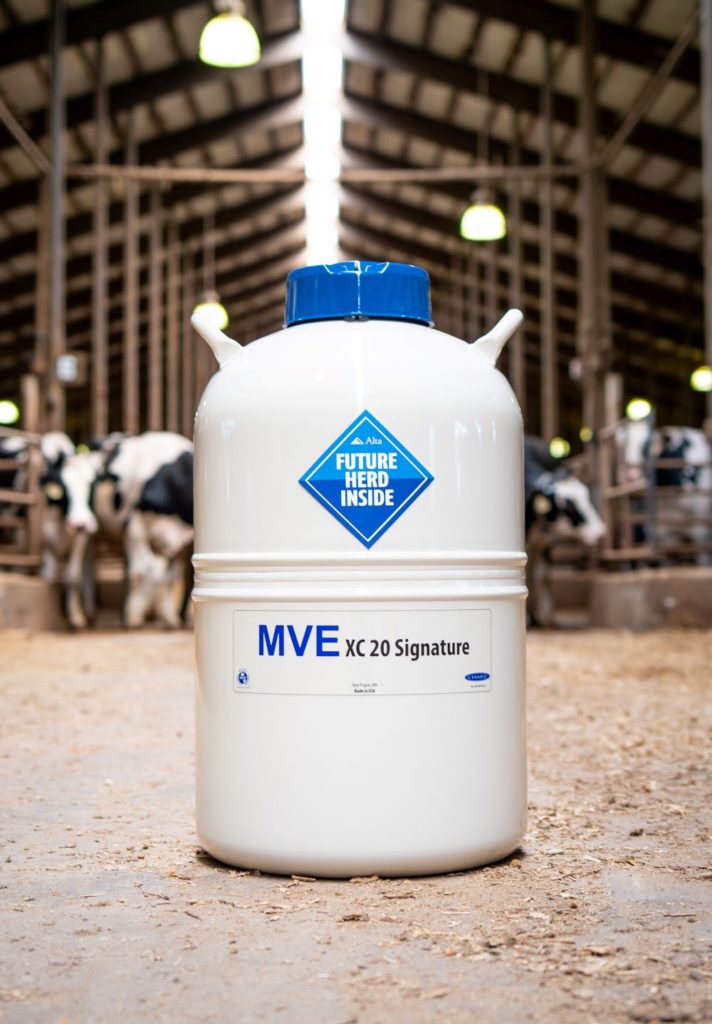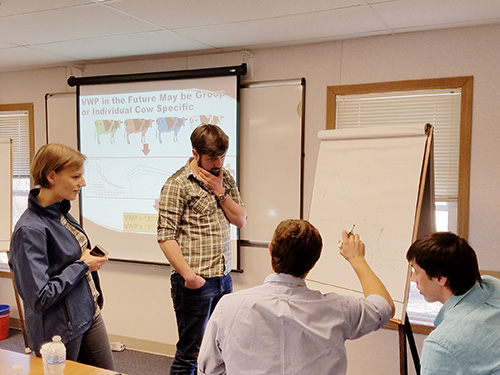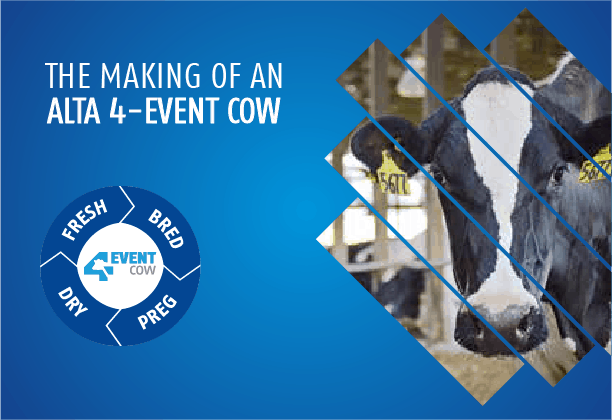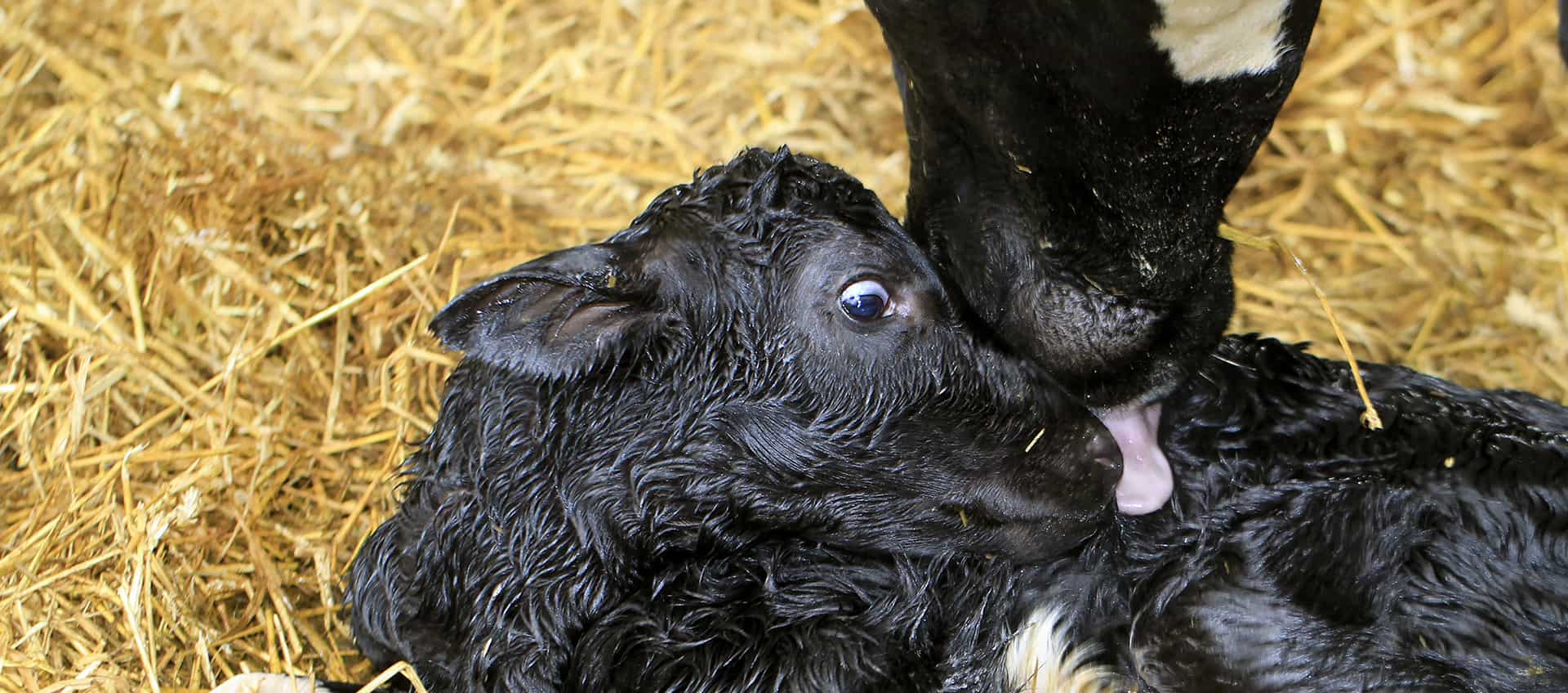Are you giving your cows the best possible chance to become an Alta 4-EVENT COW? A proper fresh cow protocol is part of that equation.
Giving cows RumiLife CAL24 calcium supplement after calving to promote proper calcium levels is one way to get your cows off to the best possible start in their lactation. Even when anionic salts are part of your program, subclinical milk fever is likely still an issue that you’re dealing with – even when you don’t see any symptoms.
So here are the top five reasons to include a calcium supplement like RumiLife CAL24 as part of your fresh cow SOP.
50%
Subclinical milk fever is a real problem on dairy farms. Studies show that half of your mature cows are likely to have subclinical hypocalcemia, even if anionic salts are part of your nutrition program. ¹
That means that half, or more, of your cows will show no outward signs of milk fever, but will still experience the impaired muscle function and GI problems that result from improper calcium levels at calving.
$125
A conservative cost of $125 per case of subclinical milk fever is calculated from lost production and a wide array of other health challenges the cow may experience because of the calcium imbalance.
4x
Subclinical hypocalcemia can cost you four times more than clinical cases in your herd.¹
That may seem like a crazy statistic. But it makes sense when you consider the much higher prevalence of subclinical hypocalcemia, and the fact that these cows will experience the challenges related to low calcium levels, but are not treated since they show no outward signs.
ROI
It’s not hard to reap the benefits of including a nutritional calcium supplement like RumiLife CAL24 in your fresh cow protocols. And it’s even more important to pay close attention to specific groups of higher-risk cows.
A University of Minnesota Extension article tells us that you can yield a 180% return on investment by giving calcium boluses after calving to high producers or lame cows.²
Other issues
Studies prove that cows with subclinical hypocalcemia around freshening are much more likely to have other fresh cow problems and resulting reproductive challenges throughout their lactation. In fact, cows with hypocalcemia are 3.2 times more likely to have a retained placenta than cows with normal calcium levels at calving. Hypocalcemic cows also have more average days open, due to the uterine health challenges they go through after calving.¹
A calcium bolus does not replace an IV in clinical milk fever cases where the cow is down. But you’ll reap big benefits, and create more Alta 4-EVENT COWS, by using a nutritional calcium supplement like RumiLife CAL24 to address the cases of subclinical hypocalcemia that likely exists in your herd.








